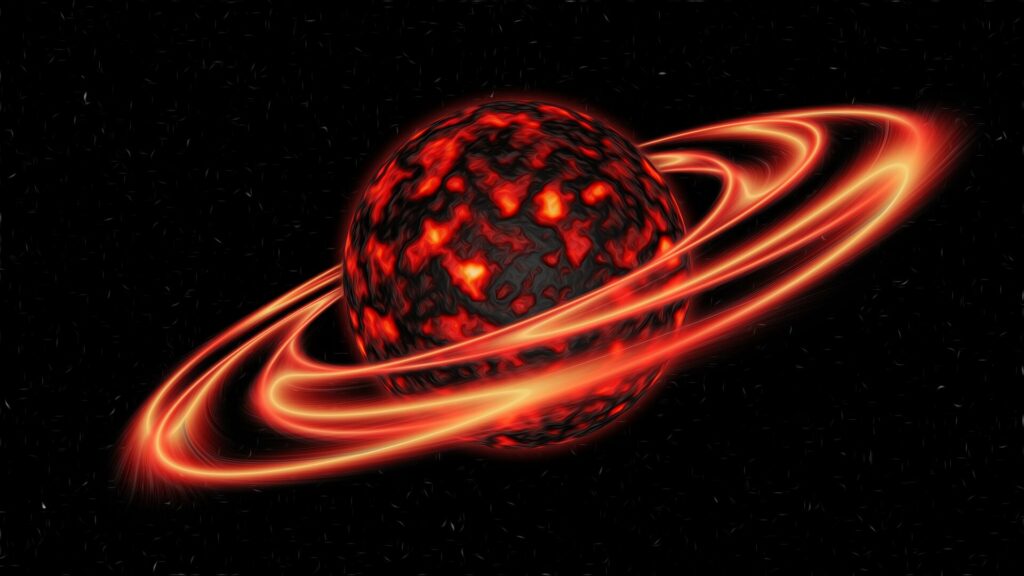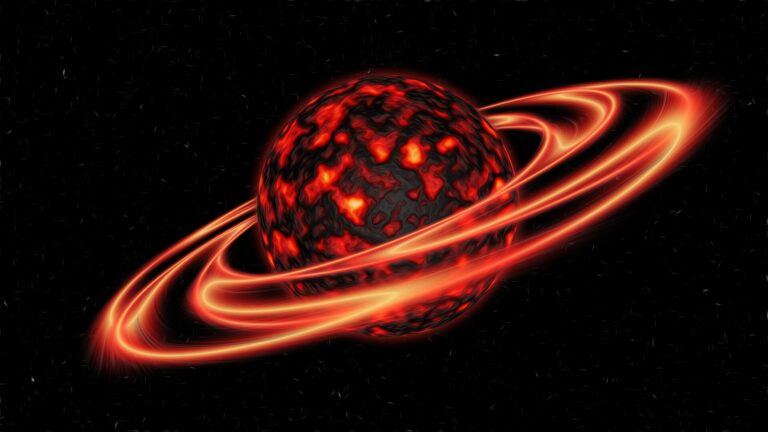Renewed Solar Storm Activity Poses a Threat to Earth’s Existence as We Know It
Several days ago, a massive amount of super-heated gas, amounting to millions of tons, was ejected from the sun’s surface and propelled 90 million miles toward Earth. This eruption, known as a coronal mass ejection, didn’t rank particularly high on the space-weather intensity scale.
However, upon encountering Earth’s magnetic field, it instigated the most potent geomagnetic storm observed in years. While this event caused minimal disruption—likely going unnoticed by many—it served as a reminder that the sun has emerged from a prolonged period of inactivity.
While imperceptible and benign to individuals on Earth’s surface, the geomagnetic waves released by solar storms have the potential to incapacitate power grids, disrupt radio communications, expose airline crews to hazardous radiation levels, and destabilize critical satellites.
With the sun entering a new 11-year cycle last year and approaching its peak in 2025, the looming prospect of powerful space weather causing turmoil for humanity becomes more pronounced, posing a threat to a world increasingly dependent on technology since the last major storms occurred 17 years ago. A recent study suggested that fortifying the grid could yield benefits amounting to $27 billion for the U.S. power industry.

“I find it still remarkable how many individuals and companies consider space weather to be Hollywood fiction,” commented Caitlin Durkovich, a special assistant to President Joe Biden and senior director of resilience and response in the National Security Council, during a recent solar-weather conference.
The peril is not merely theoretical. In 2017, a solar storm caused ham radios to turn to static precisely as Category 5 Hurricane Irma ravaged the Caribbean. In 2015, solar storms disrupted global positioning systems in the U.S. Northeast, posing a particular concern with the advent of self-driving cars. Airline pilots face an increased risk of developing cataracts during solar storms, and female crew members experience higher rates of miscarriages.In March 1989, a solar storm over Quebec led to a province-wide outage lasting nine hours, as per Hydro-Quebec’s website.
A 2017 paper in the journal of the American Geophysical Union predicted that blackouts induced by severe space weather could affect up to 66% of the U.S. population, with potential economic losses reaching $41.5 billion per day.To mitigate such potential catastrophes, President Barack Obama’s administration initiated a strategy to raise awareness of the dangers posed by massive solar storms and assess the associated risks. Last year, President Donald Trump signed the ProSwift bill into law, aiming to enhance technology for forecasting and measuring space weather events.Debate persists among scientists regarding the extent to which vulnerable parts of the planet’s infrastructure can be shielded from the effects of solar storms. Measures such as using non-magnetic steel in transformers and installing more surge protectors in the grid may enhance resistance. Nevertheless, the most effective defense against catastrophe might lie in improved forecasting.Enhanced forecasting would significantly aid utilities in preparing for shortages and ensuring backup systems are in place in case of power loss.
A new model developed by the University of Michigan, set to come online in weeks, aims to improve Earth-bound forecasting.In the U.K., National Grid is increasing its supply of spare transformers and conducting regular drills to handle a major space weather event, according to Mark Prouse, deputy director of the Department for Business, Energy, and Industrial Strategy.In the past 15 years, both the U.S. and the U.K. have established space weather forecasting centers providing daily outlooks for airlines, power grids, satellite owners, and other entities vulnerable to solar flares. While Earth-bound observers can witness explosive storms on the sun, the true nature of the threat—its potency—cannot be determined until the blast reaches satellites 1 million miles from the planet. At that point, there is only 60 to 90 minutes until it impacts Earth.”Our ability to understand and predict the solar cycle is still very limited,” stated William Murtagh, director of the U.S. Space Weather Prediction Center.
Similar to preparing for a severe thunderstorm by staging repair workers nearby, comparable precautions could be taken ahead of a solar storm, according to Mark Olson, reliability assessment manager for the North America Electric Reliability Corp.”Situational awareness is the key here, just like in terrestrial weather events,” Olson emphasized.Solar storms are rooted in an 11-year cycle that alters the sun’s magnetic field polarity. The magnetic forces at work on the sun become entangled during this process, punching out through the surface and potentially triggering storms on Earth.The most powerful geomagnetic storm ever recorded was the 1859 Carrington Event, when telegraph lines electrified, zapping operators and setting offices ablaze in North America and Europe. If a storm of that magnitude were to occur today, it would likely result in power outages affecting millions, if not billions, of people.”When I first started on this road and was briefed on space weather, I raised an eyebrow,” said Prouse. “It is much more mainstream, and some of the mystification is gone. You can now raise it as a risk and not get laughed at.”
This article is republished from PhysORG under a Creative Commons license. Read the original article.
Do not forget to share your opinion with us to provide you with the best posts !





0 Comments